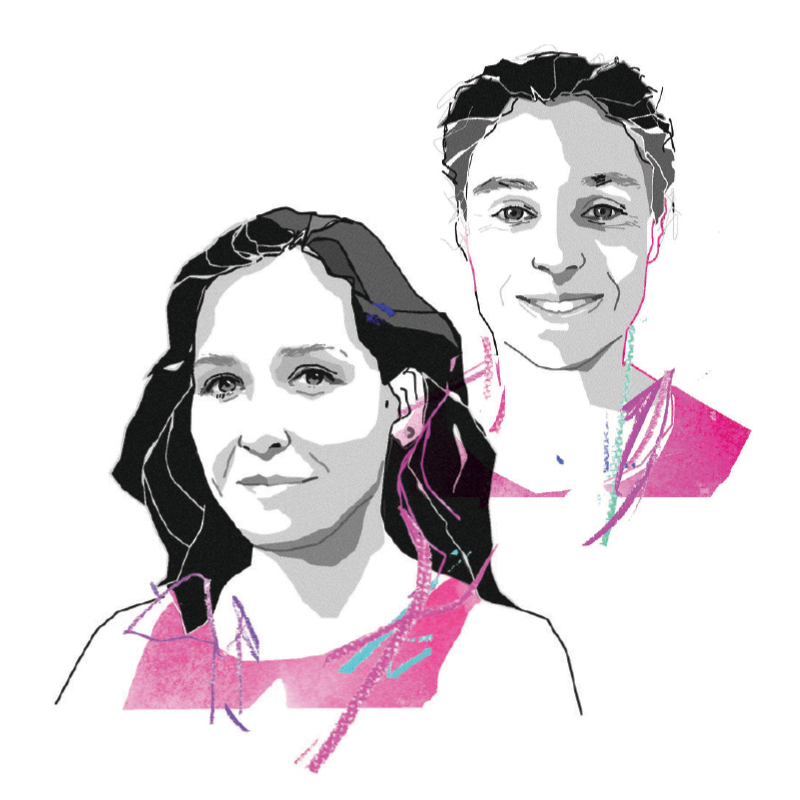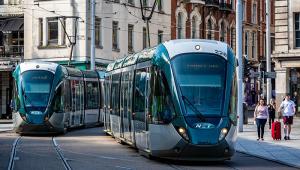
MOST OF US were educated to solve problems analytically, to break systems into parts, to analyse and improve each of these parts in isolation.
The predominance of analytical thinking in decision making explains, to a great extent, why policies and investment decisions place an overriding focus on improving parts (eg vehicles) within systems with fundamentally unsustainable functioning (eg car dependency).
Analytical thinking is useful when dealing with simple problems but disregards a key insight: in complex systems and problems, the results depend more on the way in which parts are arranged within the system than on the properties of the individual parts.
Take, for example, a parent’s preference to drive their child to school, rather than letting them go by bike.
This preference likely depends more on how public space is allocated to different transport modes (making cycling safe or unsafe), or on how far their house is from school (making cycling feasible or unfeasible), than on whether the child’s bike has three or six gears (ie the part’s properties).
Such a preference will also not change if all cars become electric, as the safety and distance considerations remain.
In addition, we tend to use the wrong proxies of success, preventing us from questioning the desirability of high – and growing – demand systems.
For example, economists and policymakers use gross domestic product growth as a proxy for wellbeing.
In the transport sector, we use mobility in the same way, even when people’s wellbeing does not ultimately depend on how much and how far people can travel, but on the possibility to access places with ease – including by not having to travel long distances or to travel at all.
Indeed, proximity to places and the possibility to walk or cycle, rather than use six-lane roads, are a characteristic of most of the neighbourhoods where people want to live.
Both analytical thinking and mobility as a proxy for success have constrained climate action and low-carbon finance to reducing emissions per vehicle.
At the same time, the number of vehicles and distances travelled keep increasing.
Focusing climate action on improving vehicles’ performance is logical if we think that people’s preferences are independent from the type of system in which they are embedded, and that reducing the number of vehicles and distances travelled goes against people’s freedom and wellbeing since ‘more mobility is always better’.
Based on this thinking, it is also reasonable to invest huge sums in roads to accommodate the growing traffic volume resulting from people’s ‘preference’ to drive cars.
However, we face a race against the clock. Data shows that increased emissions from growing traffic volumes importantly offset the emission reductions from vehicles’ improvements.
Secondly, mainly focusing on replacing vehicles (eg with electric vehicles) within car-dependent systems perpetuates inequalities (eg between car and non-car owners and increasing the burden of car-dependent lower income groups), which also reduces the feasibility of key climate policies (eg carbon pricing).
Thirdly, we are missing opportunities to bring wider health benefits (eg from increased physical activity) and are instead exacerbating important trade-offs (eg electrifying a big and growing private vehicle fleet will increase the already-unsustainable level of materials/resources consumption).
Shifting mindsets and re-allocating finance
Opportunities lie in transitioning towards low-demand systems, ensuring better accessibility with fewer cars and overall mobility.
If we shift our attention from parts towards the way that systems function – and in parallel, rethink our proxies of success – we realise that the choice to drive a car or a motorbike – and the increase in traffic volume that results from it – are not a given or an inevitable consequence of ‘progress’, as often claimed.
These are rather consequences, or symptoms, of transport systems organised around car driving, and characterised by the dynamics of induced demand, urban sprawl and the erosion of active and shared modes.
When thinking of systems, and having sustainable accessibility (instead of mobility) as the goal, it becomes obvious that far from improving wellbeing, relentlessly investing in roads is at the heart of unsustainable results.
When high mobility is no longer an end, the focus of low-carbon finance shifts from (solely) improving vehicles’ performance towards improving systems as wholes, so that they become ‘car independent’.
Car independent systems are those where sustainable modes such as walking, cycling, micro-mobility and public transport become the most convenient transport modes, and those that most people choose for the bulk of their trips.
These systems can, by design, drastically reduce emissions while improving equity (eg increasing accessibility for women who rely more on public transport and walking), health (eg reducing pollution and increasing physical activity), job opportunities, and life quality more broadly.
Public finance can contribute to the transition towards car-independent systems by:
– Channelling finance and investment towards radical street redesign
Examples like Barcelona’s ‘superblocks’ (car-free zones) show that this low-tech intervention can transform cities and align ambitious mitigation with wider wellbeing goals. While in some places investing in walking/cycling infrastructure has gained momentum after the Covid-19 crisis, the potential of these efforts lies in embedding them in wider efforts to reverse induced demand and move towards disappearing traffic.
– Investing and incentivising private finance in urban renewal projects to help reverse urban sprawl
Studies show that urban renewal favouring sustainable and less space intensive transport modes can liberate space for centrally-located housing (including social housing), and bring green space, sports facilities and local businesses nearer to people. Even suburbs or towns that are part of the economic unit comprised by cities, which are often the most car-dependent areas within urban regions, could be redesigned in this way.
– Supporting shared and on-demand services to accelerate the development of integrated public transport networks
Subsidies for electric vehicles are increasingly common, while micro-mobility and other on-demand (eg micro-transit) services hardly receive financial support. Public finance could, for example, foster the development of these services in areas where they might not be profitable (eg hinterlands), but may be fundamental to reduce car dependency, emissions and increase access to opportunities.
– Directing finance to support innovation for mainstreaming the most sustainable (and least space intensive) vehicles and services
GPS technologies and apps allow us today to share vehicles and combine transport modes in ways that were unimaginable. In contrast to innovation for improving cars, the amount and sources of finance to support innovation in terms of new vehicles (eg micro-mobility for families or goods supply) and business models for on-demand and shared sustainable modes is very limited (practically only venture capital). This needs to radically change if we are to prevent a transition from car dependency to ‘high-tech’ car dependency (eg increased ride hailing), and instead foster the transition towards multi-modal sustainable transport systems.
The article is based on the forthcoming report Transport Strategies for Net-Zero Systems by Design, which applies the OECD ‘well-being lens’ policy design process to the surface transport sector in and around urban areas. Sign up to the launch of the report and contact the authors: www.oecd.org/climate-change/well-being-lens/
Image credit | Paddy-Mills
Back to full list of articles



















